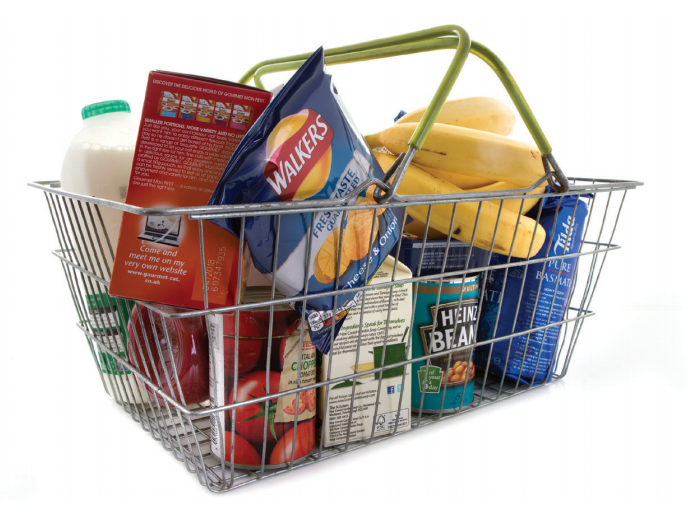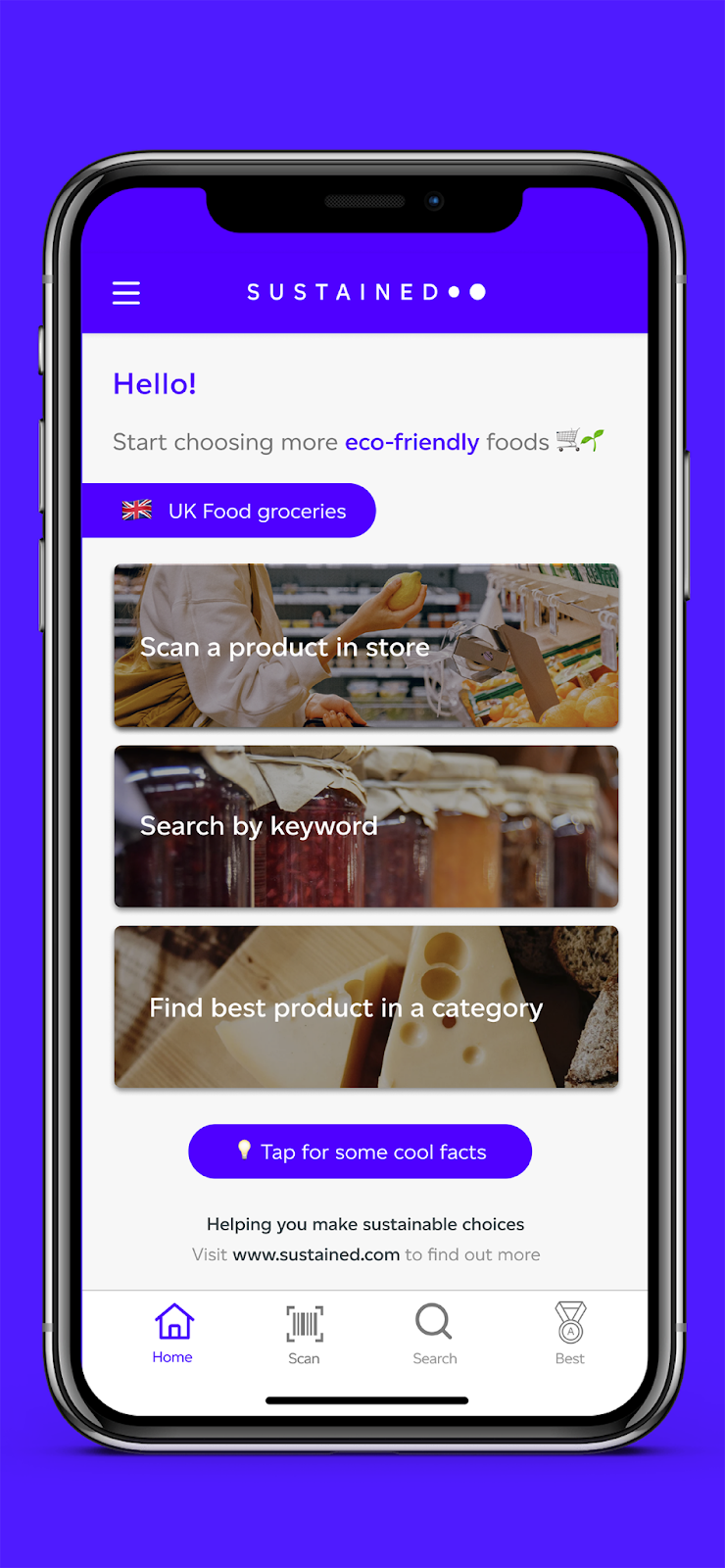How Sustainable is my Food?
Ever find yourself wandering the aisles of the supermarket wondering about the sustainability of your food choices? Or the impact of your food on issues such as Climate Change?
Sure, brands profess sustainability. Some of them even have the labels to prove it – labels that deal with the environmental dimension of sustainability (Rainforest Alliance and Carbon Footprint) and two others that deal with the ethical dimension (Fair Trade and Animal Welfare).
But how can you, the Consumer, be sure you’re not being greenwashed?
After all...
In 2020, Quorn foods was found to be misrepresenting its commitment to reducing its carbon footprint. And in 2021, Coca Cola was found to be marketing itself as sustainable and environmentally friendly while generating more plastic pollution than any other company in the world.
Now I’m not suggesting that these brands aren’t at least trying to be more sustainable. But what I am saying is that just like you, I find myself wandering the supermarket aisle, trying to figure out whose greenwashing and how that impacts the food I buy.
So let’s take a walk through the market and examine the contents of your basket...
Assuming you’re like most people in the UK, you’re probably picking up products like eggs and milk and cereal... Wait, I could go on forever here.
Here’s a picture of my basket...

Like you, there are some things in there that I buy every week, and others (like that Lindt chocolate) that I sneak in once and a while.
Now I’m not sure how you fill your basket, but when I’m not crushed for time, I try to make more sustainable food choices.
But how do I know what’s sustainable?
It turns out this is a much more complicated issue than we first thought…
For example, to really understand the impact of a simple apple or banana on the planet, we have to start from the beginning, when it was growing on a tree, in an orchard.
We need to understand the chemicals used on the farm, where it was grown and whether it was in season, and how water has been used in the farming process.
This is by far the most important part of the apple’s life, the farming method accounts for over 90% of a food’s environmental impact.
After it has been picked, the apple now needs to be transported to your local supermarket, whether via plane, train or truck (a shockingly small part of your food’s environmental impact - less than 10%)
Finally, the apple needs to be packaged. Some apples are obviously left without packaging, however, others are placed in bags and cartons (and these packagings come with their own LCAs)
The lifecycle of each of those packaging methods needs to be understood in order to understand it’s impact on the apple’s environmental score.
This is a simplified version for what needs to happen for every single food product, and if its a multi-ingredient product, every ingredient in that product.
So how do everyday shoppers like you and me figure this out as we rush through Tesco on the way home from work - wondering if the food you’re about to place into your basket is harming our planet?
Simple...
Download the Sustained app.
We’re on a mission to help you make more sustainable choices. But we can’t do it without you. When you download the app and scan food items, you’ll see the full “cradle to grave” impact the food products in your basket have on the world.
Click the link below to download the APP or install the plugin for Chrome.

-1.png?length=384&name=Blog%20header%20(5)-1.png)
.png?length=384&name=Blog%20header%20(7).png)